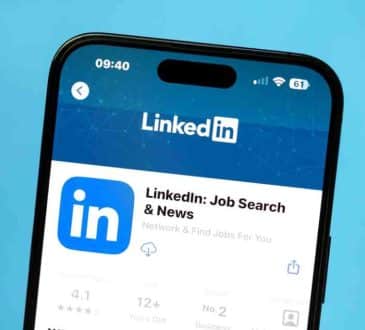Proactively Protecting Your Brand on Amazon

One morning, you get a call from one of your long-time retailers, complaining that he’s found your products being sold on Amazon at prices 20% lower than what you seek to have across all of your sales channels. Your retailer tells you he is very frustrated that he’s being asked repeatedly by his walk-in customers to match these lower prices – something your retailer can’t afford to do.
If you’re like so many brands today, not only do you not recognize the name of this Amazon reseller, you have no idea how to go about figuring out a solution to stop this sort of situation from continuing. How do you make sure you know all of the resellers of your product on Amazon, and what do you need to do to tighten up your distribution efforts so you don’t have big leaks like this?
As I explain in my book, The Amazon Marketplace Dilemma, it’s important to understand how Amazon looks at situations involving gray market sellers or resellers not authorized by the brand to sell on Amazon. The Amazon marketplace is an open marketplace, which means that anyone who can get their hands on practically any brand of product can get a third-party seller account to sell on Amazon. With only a few exceptions, Amazon will welcome anyone to sell, as long as the products aren’t counterfeit and are properly described to Amazon customers by the product listings.
Amazon also makes very clear to brands that that Amazon is not in the business of managing or enforcing a brand’s distribution policies – that is completely up to the brand to work out with resellers. So as long as the products are not demonstrably counterfeit or stolen, Amazon will welcome every reseller to offer its wares on Amazon – for increased competition typically leads to lower prices, which drive more customers to shop Amazon.
Make no mistake – Amazon’s customer-centric mentality is focused on the shopping customer, not the brand or manufacturer. With Amazon’s ultimate goal of becoming the Earth’s primary shopping destination for most all selection that customers seek, then low prices, constant supply and high seller performance criteria drive Amazon’s incentives much more than keeping any brand happy.
For brands that have broad distribution of their products, it can be very challenging to track down who is diverting inventory to sellers that are not authorized to be selling on Amazon. Sometimes the distributor or retailer is the Amazon reseller, operating under a “doing business as” name, purposefully looking to hide its identity. Sometimes the distributor or authorized reseller is diverting product to make a quick buck, unbeknownst to the brand. And sometimes the product shows up on Amazon because it is poorly accounted inventory that came through the product returns channel of the brand’s brick and mortar operations.
In any case, there are a number of technology and operational precautions that can be used to identify and prevent product diverting. These include:
- Constructing and sharing an online reseller policy with anti-diversion language, across all of your known distributors and retailers
- Regular policing with clear, consistent enforcement when a distributor / retailer is found to be violating the policy
- Integration of RF Tags, Serial numbers or invisible ink into production to make it easier to identify which distributors / retailers are the source of product purchased from unauthorized resellers through a test buy program
- Identify product features that constitute forms of trademark (such a handling requirement, storage requirements, warranty terms) – work with a trademark attorney to enforce potential trademark violations
- Track and investigate unexpected increases in sales for specific distributors/ resellers – often these are signals of products being diverted
Yet, even if a brand manages to clean up the Amazon channel for its products, we remind every brand executive that the Amazon channel is here to stay, and most of your competitors are likely already using the channel. So, we encourage every brand to build an active Amazon channel strategy – whether to sell product, advertise your brand, experiment with new products / bundles, or ensure fair share of voice across your industry.
Add CEOWORLD magazine to your Google News feed.
Follow CEOWORLD magazine headlines on: Google News, LinkedIn, Twitter, and Facebook.
Copyright 2024 The CEOWORLD magazine. All rights reserved. This material (and any extract from it) must not be copied, redistributed or placed on any website, without CEOWORLD magazine' prior written consent. For media queries, please contact: info@ceoworld.biz









